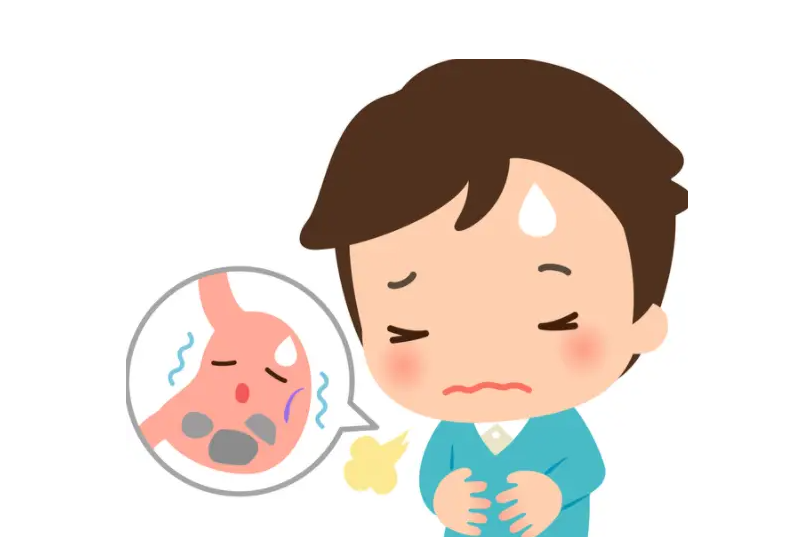
- Choose restaurants with good sanitary conditions and try not to eat street stalls
When traveling, we should first pay attention to the hygiene of the dining place. Choosing a restaurant with good sanitary conditions and good reputation is an important step to ensure food safety. The hygiene of the restaurant can be judged by the following aspects:
First, check the restaurant's health permit. Regular restaurants will have the appropriate health permit, and will be hung in a prominent position. By looking at the validity period of the license and the issuing authority, we can preliminarily judge the hygiene management level of the restaurant.
Secondly, observe the environmental hygiene of the restaurant. After entering the restaurant, we should pay attention to observe whether the overall environment of the restaurant is clean and tidy, whether the tables and chairs and the ground are free of stains and debris. At the same time, pay attention to the ventilation of the restaurant to ensure air circulation and avoid the growth of bacteria.
In addition, we can also refer to the reviews and recommendations of other visitors.
Avoiding eating at street stalls is also an important measure to ensure food safety. Street stalls often have poor sanitation and unknown sources of food, which can easily lead to stomach diseases. Therefore, during the trip, we should try to avoid eating at street stalls and choose regular restaurants.
- Pay attention to disinfection of tableware, it is recommended to bring tableware
The hygienic condition of tableware is directly related to our food safety. When choosing a restaurant, we should pay attention to the disinfection of tableware. Some restaurants offer disposable cutlery, which is relatively hygienic.
But if there is no disposable tableware to choose from, we can observe whether the restaurant carries out strict disinfection treatment on tableware. For example, whether the tableware is placed in the disinfection cabinet, whether there is an obvious disinfection sign.
If conditions permit, we can also bring our own tableware. Bringing your own tableware can not only avoid hygiene problems that may exist in restaurant tableware, but also reflect the concept of environmental protection and reduce the use of disposable tableware.
In addition, we can also use boiling water or alcohol cotton tablets for secondary disinfection of tableware.
Before eating, wash the tableware with boiling water or wipe the tableware surface with alcohol cotton, which can effectively remove bacteria and viruses and improve the hygiene level of tableware.
- Pay attention to food freshness, especially seafood
When ordering food, we should pay attention to the freshness of the food. Fresh ingredients not only taste better, but also have higher nutritional value. We can judge the freshness of food from the following aspects:
First, look at the color and smell of the ingredients. Fresh ingredients are usually bright in color and have a normal smell.
If the ingredients appear discolored, moldy or smelly, it is likely not fresh and should be avoided.
Second, pay attention to the way the ingredients are stored.
Some ingredients need to be refrigerated or frozen, and if the restaurant does not provide the appropriate storage facilities, or if the ingredients are directly exposed to the air, then the freshness of these ingredients may be affected.
In addition, we should pay special attention to perishable foods such as seafood. The freshness of seafood is crucial to taste and health.
When ordering, you can ask the server where the seafood comes from and when it was caught to ensure the freshness of the ingredients. Also, make sure the seafood is cooked thoroughly to avoid the risk of food poisoning.

